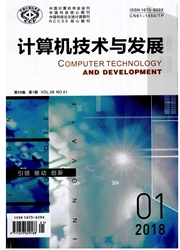

 中文摘要:
中文摘要:
手语识别的研究具有重大的学术价值和广泛的应用前景。在近些年的手语识别工作中,隐马尔科夫模型(Hidden Markov Models,简称HMMs)起到了重要的作用。基于HMM的统计框架是当前动态识别领域的主流方法,同时也是该文的研究工作的理论基础。提出将半连续隐马尔科夫模型(SCHMM)用于手语识别,在理论上证明了SCHMM优于离散隐马尔科夫模型(DHMM)和连续隐马尔科夫模型(CHMM),可以避开DHMM中因矢量量化造成的信息损失,在保证识别率的前提下降低模型的复杂性和运算量。
 英文摘要:
英文摘要:
The research of sign language recognition has great academic value and broad application prospect. In recent works on sign language recognition, Hidden Markov Models (HMMs) has played an important role. The statistical frame based on the HMM is the mainstream method in dynamic recognition domain recendy; also is this article's basic theory. Presents a Semi - Continuous Hidden Markov Model for sign language recognition, shows that SCHMM is prior to the DHMM and the CHMM in theory. SCHMM avoid the information loss because of the vector estimate in DHMM; debase the complexity and the operations at the same recognition rate.
 同期刊论文项目
同期刊论文项目
 同项目期刊论文
同项目期刊论文
 期刊信息
期刊信息
